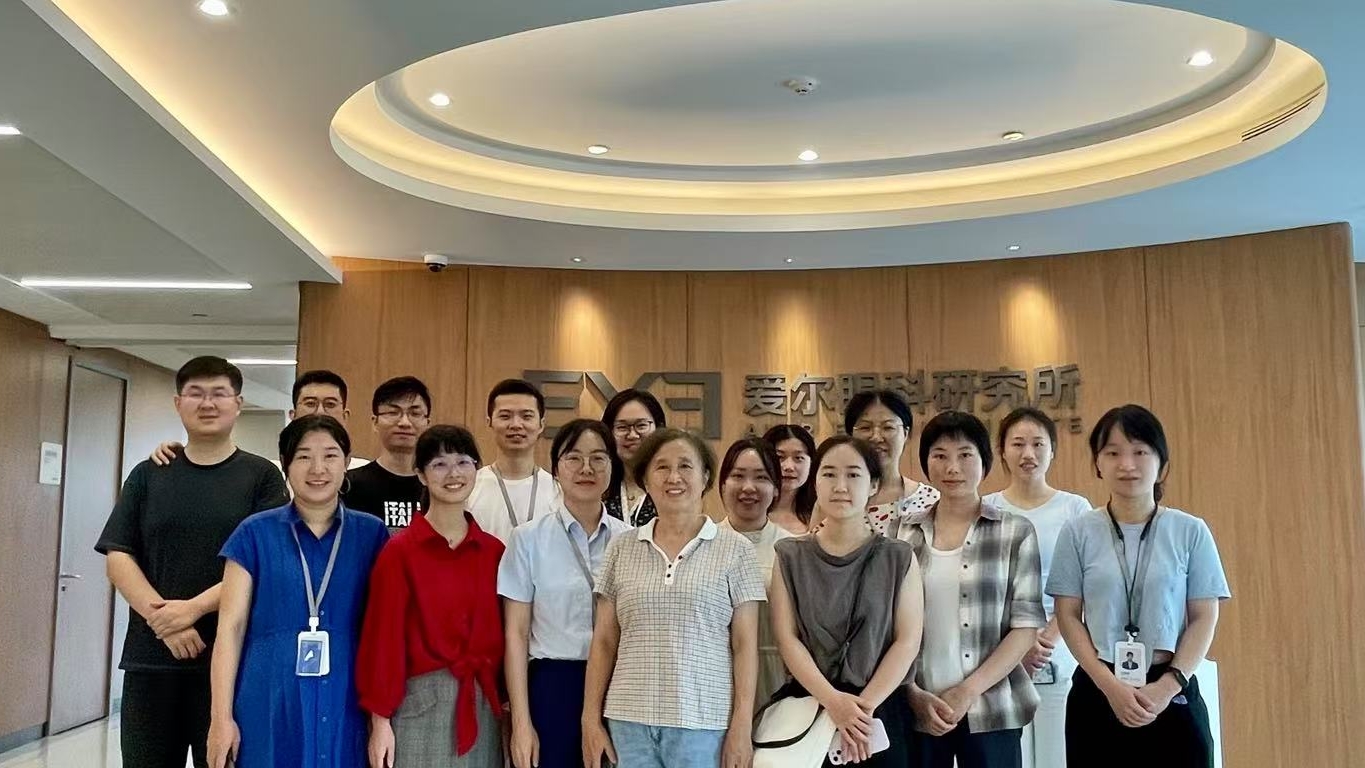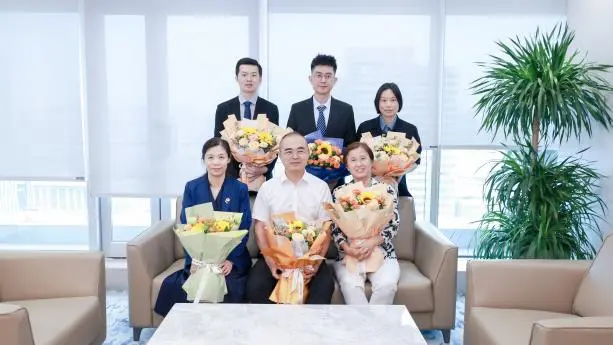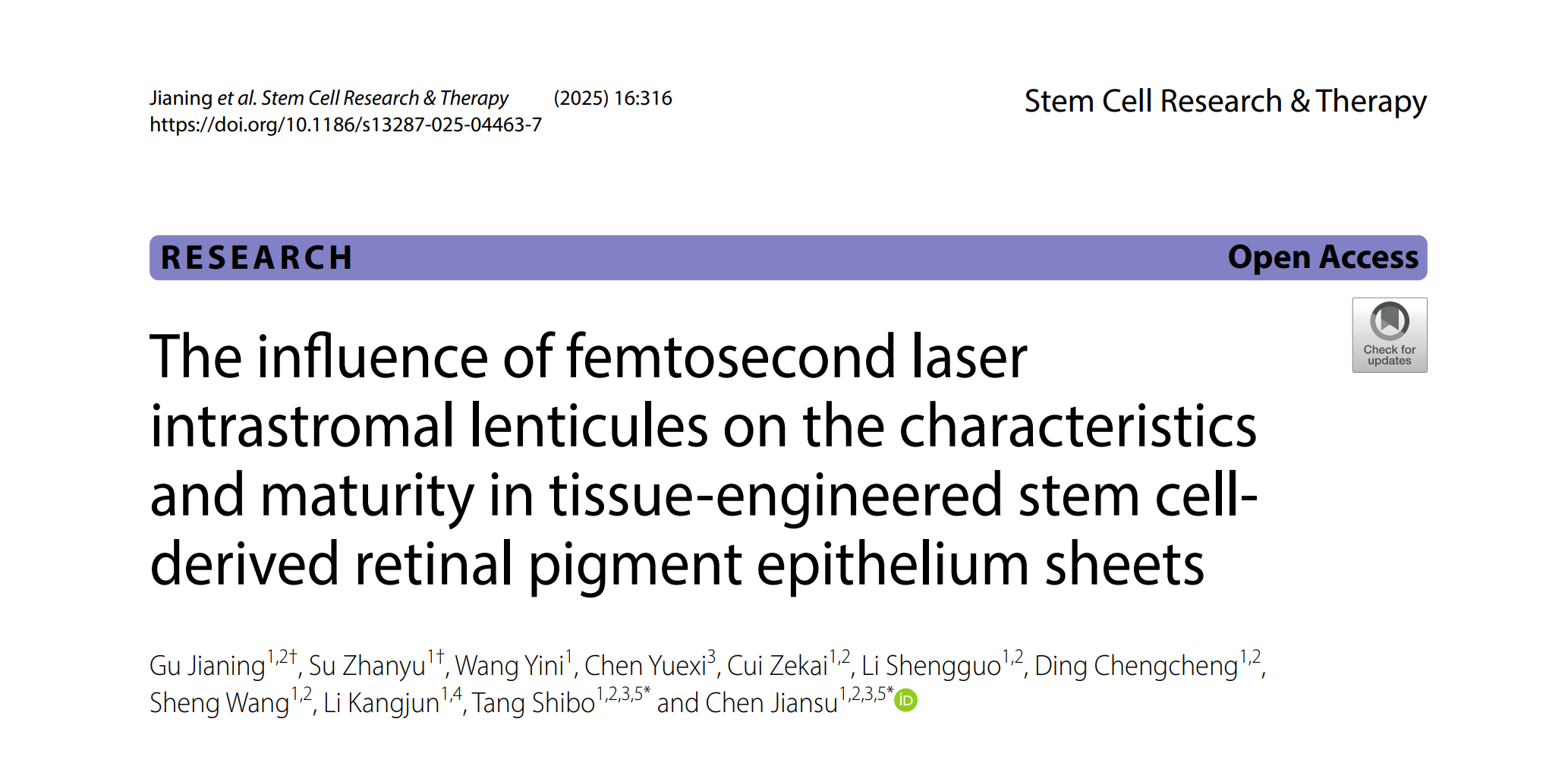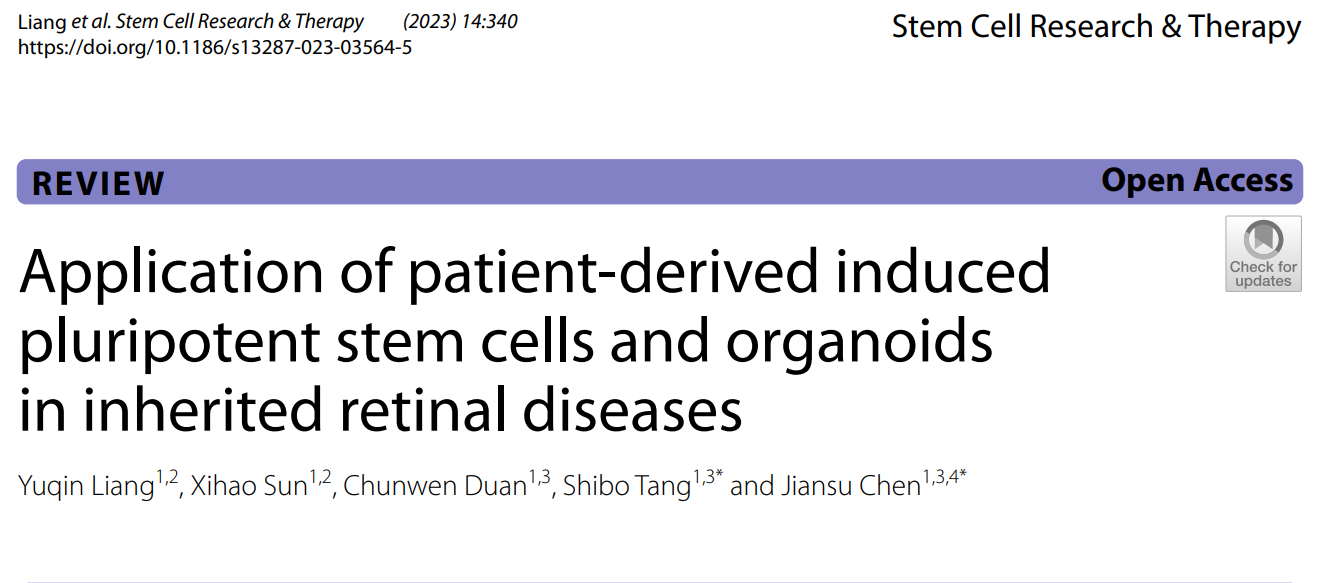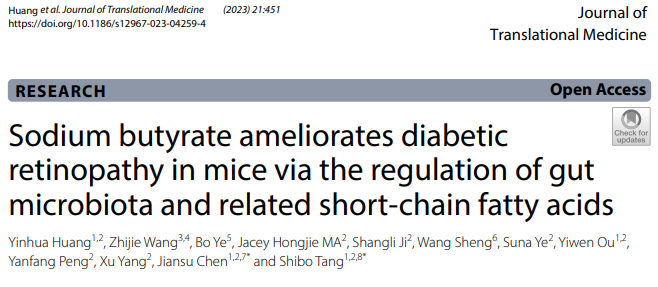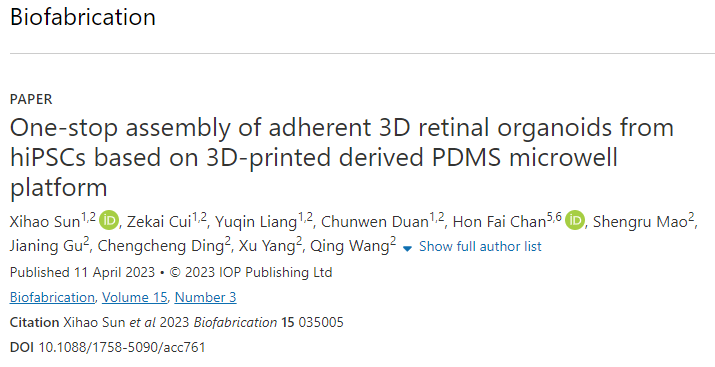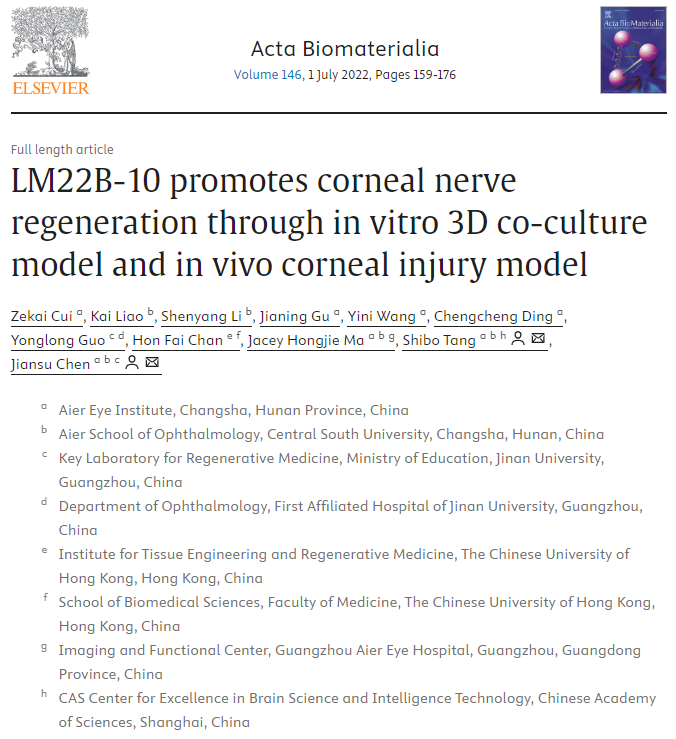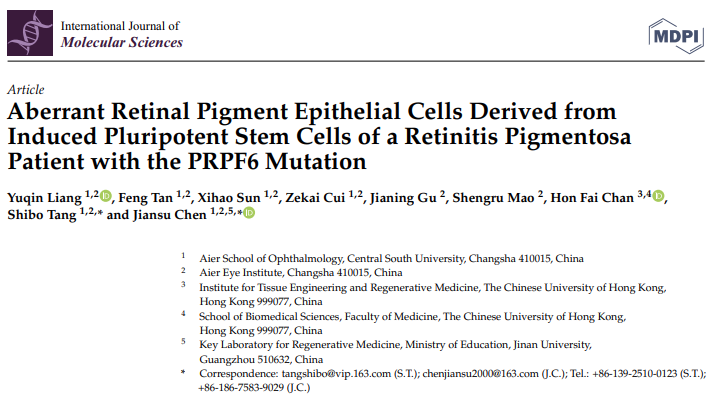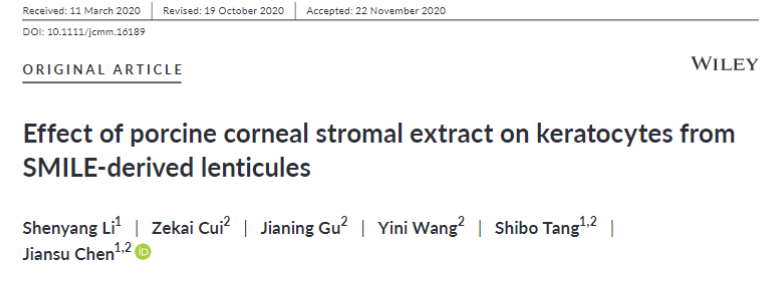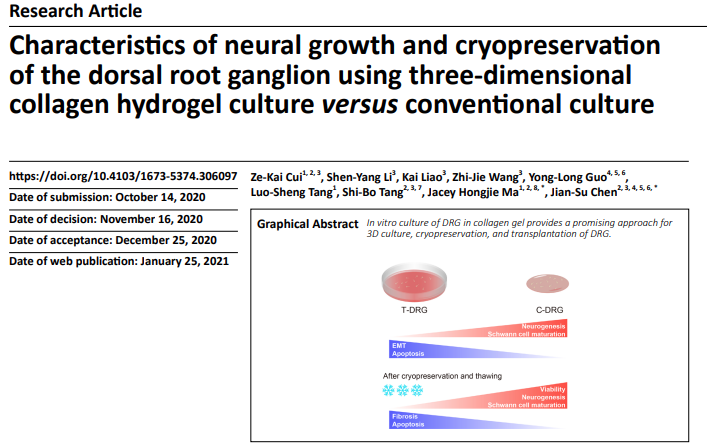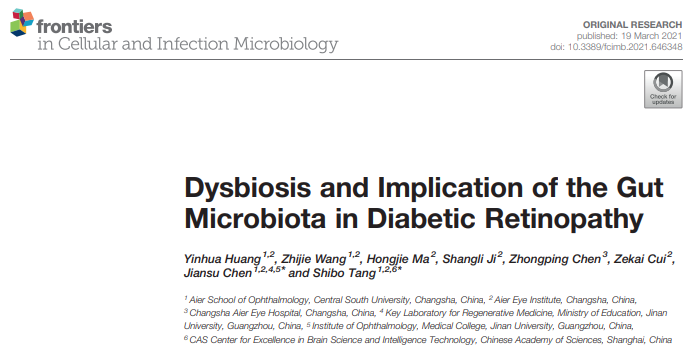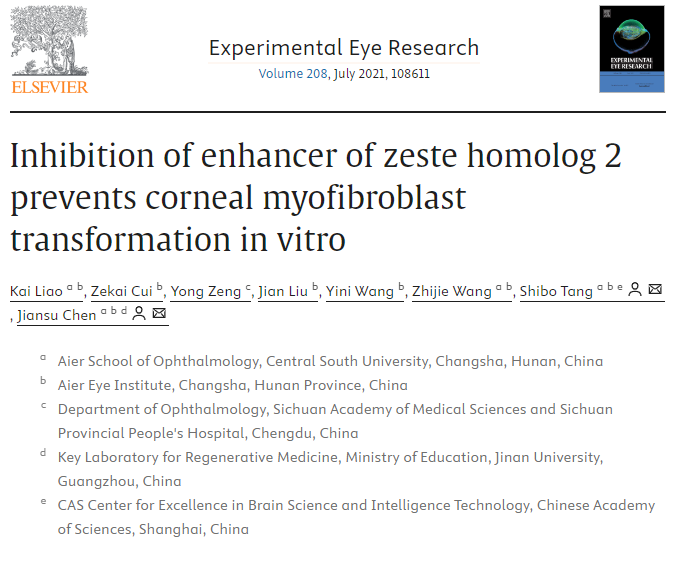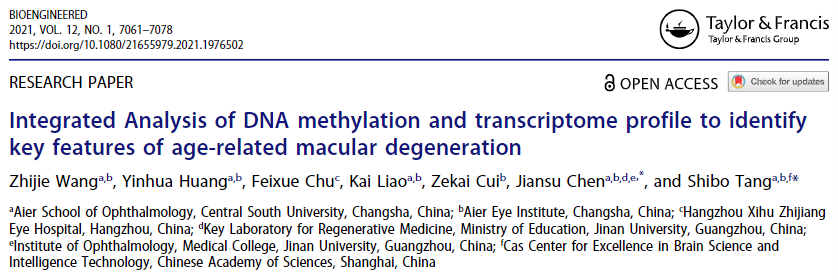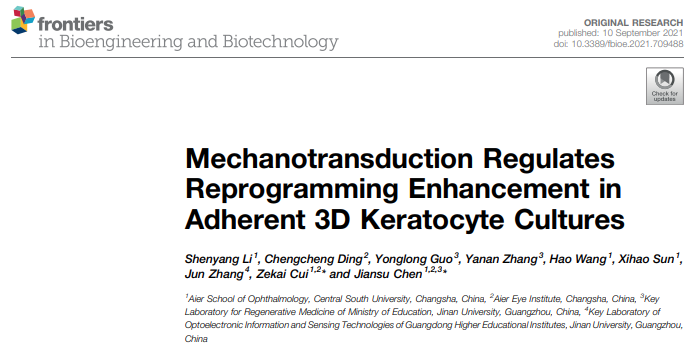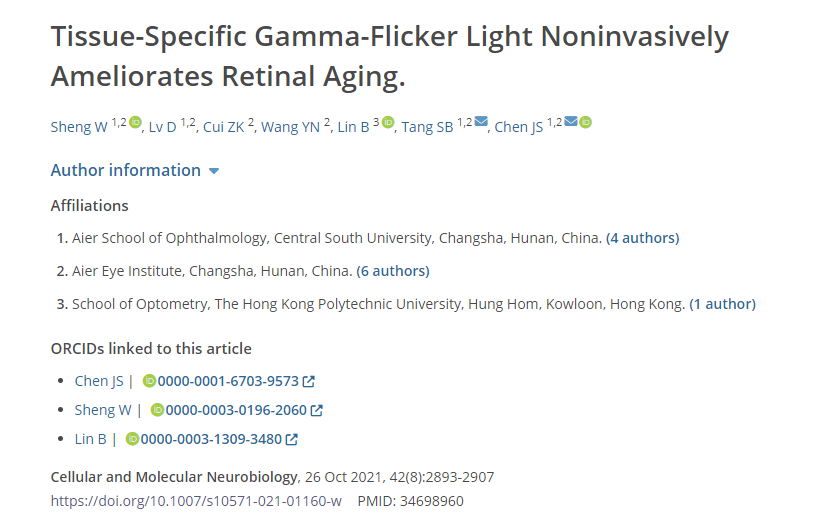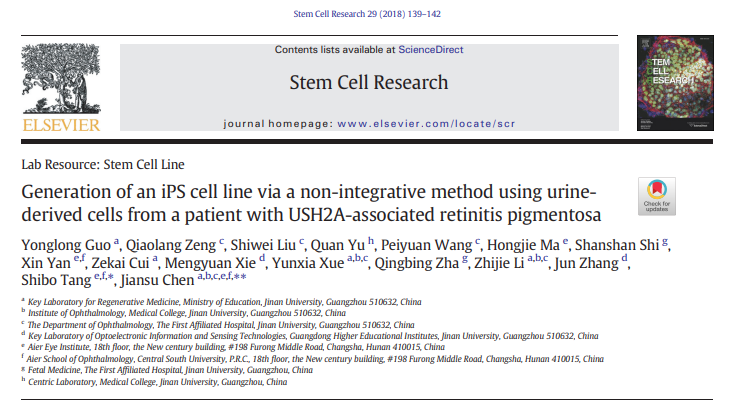- 首页
- 关于我们
概况介绍 研究方向 人才培养 委员会/committee
- 员工团队
特聘专家 主要领导 行政团队 技术团队 PI团队- 科研平台
中心实验室 实验动物中心 生物样本库- 最新资讯
- 首页
- 关于我们
概况介绍 研究方向 人才培养 委员会/committee
- 员工团队
特聘专家 主要领导 行政团队 技术团队 PI团队- 科研平台
中心实验室 实验动物中心 生物样本库- 最新资讯
The influence of femtosecond laser intrastromal lenticules on the characteristics and maturity in tissue-engineered stem cellderived retinal pigment epithelium sheets发布日期: 2025-05-06
Abstract
Background Recent advances in clinical trials have involved the transplantation of induced retinal pigment epithelium (iRPE) cells from stem cells in creating a functional monolayer that mimics the characteristics of natural adult RPE cells. One method of achieving this goal is through the use of tissue engineering. In this research, decellularised femtosecond laser intrastromal lenticules (dfLEN) were employed as a scaffold for cultivating a bioengineered iRPE monolayer sheet.
Methods iRPE cells were obtained by differentiating induced pluripotent stem cells (iPSC). These cells were then seeded on decellularized FLI-lenticules (dfLEN). The functionality, characterization, and oxidative stress of iRPE cultured on dfLEN were compared with those cultured on plates (TCP) using various assays such as immunofluorescence (IF), Edu, CCK8, ELISA, DFCH-DA, and JC-1. Additionally, RNA-seq assays and electron microscope (SEM and TEM) were used to test the iRPE characteristic on engineered dfLEN. Finally, we evaluated the biocompatibility of iRPE-dfLEN sheets by transplanting them into the subretinal space of New Zealand white rabbits.
Results The iRPE cells cultured on dfLEN exhibited morphology and physiology similar to that of native RPE tissue. The dfLEN not only increased the resistance capacity of iRPE cells but also improved their functional properties compared to TCP. In addition, our results indicate that dfLEN enhances the expression of genes associated with cilium assembly, resulting in notable improvements in ciliogenesis in iRPE cells. Finally, the dfLEN-iRPE sheets demonstrated favorable biocompatibility and some viability when transplanted into the subretinal space of rabbits for a period of 14 days.
相关文章-
Generation of vascularized retinal organoids containing microglia based on a PDMS microwell platformAbstractRetinal organoids (ROs) offer a biomimetic in vitro model for inves...2025-10-24
-
近期,爱尔眼科长沙医学中心陈建苏教授、唐仕波教授、崔泽凯副教授团队在角膜损伤修复和视网膜疾病治疗方面研究取得了多项令人瞩目的成果,为了解致盲性角膜和视网膜疾病的...2025-08-04
-
近日,由中国医师协会眼科医师分会遗传眼病学组牵头制定的《X连锁视网膜劈裂症临床诊疗的中国专家共识(2025)》(以下简称《共识》)正式发布。X连锁视网膜劈裂症是...2025-07-07
-
AbstractBackground Recent advances in clinical trials have involved the transpla...2025-05-06
-
Inherited retinal diseases (IRDs) can induce severe sight-threatening retinal de...2024-09-11
-
Diabetic retinopathy (DR) development is associated with disturbances in the gut...2024-09-04
-
The three-dimensional (3D) retinal organoids (ROs) derived from human induced pl...2024-09-04
-
Corneal nerve wounding often causes abnormalities in the cornea and even blindne...2024-09-04
-
Pre-mRNA processing factors (PRPFs) are vital components of the spliceosome and ...2024-09-04
-
Propagating large amounts of human corneal stromal cells (hCSCs) in vitro while ...2024-09-04
-
In vertebrates, most somatosensory pathways begin with the activation of dorsal ...2024-09-04
-
The pathogenesis of type 2 diabetes mellitus (T2DM) is commonly associated with ...2024-09-04
-
Corneal fibroblast can be transformed into corneal myofibroblasts by TGF-β1.2024-09-04
-
Age-related macular degeneration (AMD) is a common vision-threatening disease. T...2024-09-04
-
Suspended spheroid culture using ultralow attachment plates (ULAPs) is reported ...2024-09-04
-
本申请涉及细胞和器官培养技术领域,公开了一种三维类器官灌流培养器具,包括:细胞培养室,细胞培养室用于盛放培养基;多个换液槽,设于细胞培养室,用于更换细胞培养室中...2024-09-04
-
本发明涉及医学技术领域,特别涉及一种RPE细胞片及其应用和制备方法。该RPE细胞片包括依次设置的角膜透镜、脉络膜毛细血管层和RPE细胞层;角膜透镜表面设置有血管...2024-09-04
-
Purpose: Retinal inflammation is involved in the pathogenesis of several retinal...2024-09-03
-
Aging is a risk factor for multiple retinal degeneration diseases. Entraining br...2024-09-03
-
In vitro generation of a functional retinal pigment epithelium (RPE) monolayer s...2024-09-03
-
We have established an induced pluripotent stem (iPS) cell line using urine-deri...2024-09-03
- 员工团队
- 员工团队



